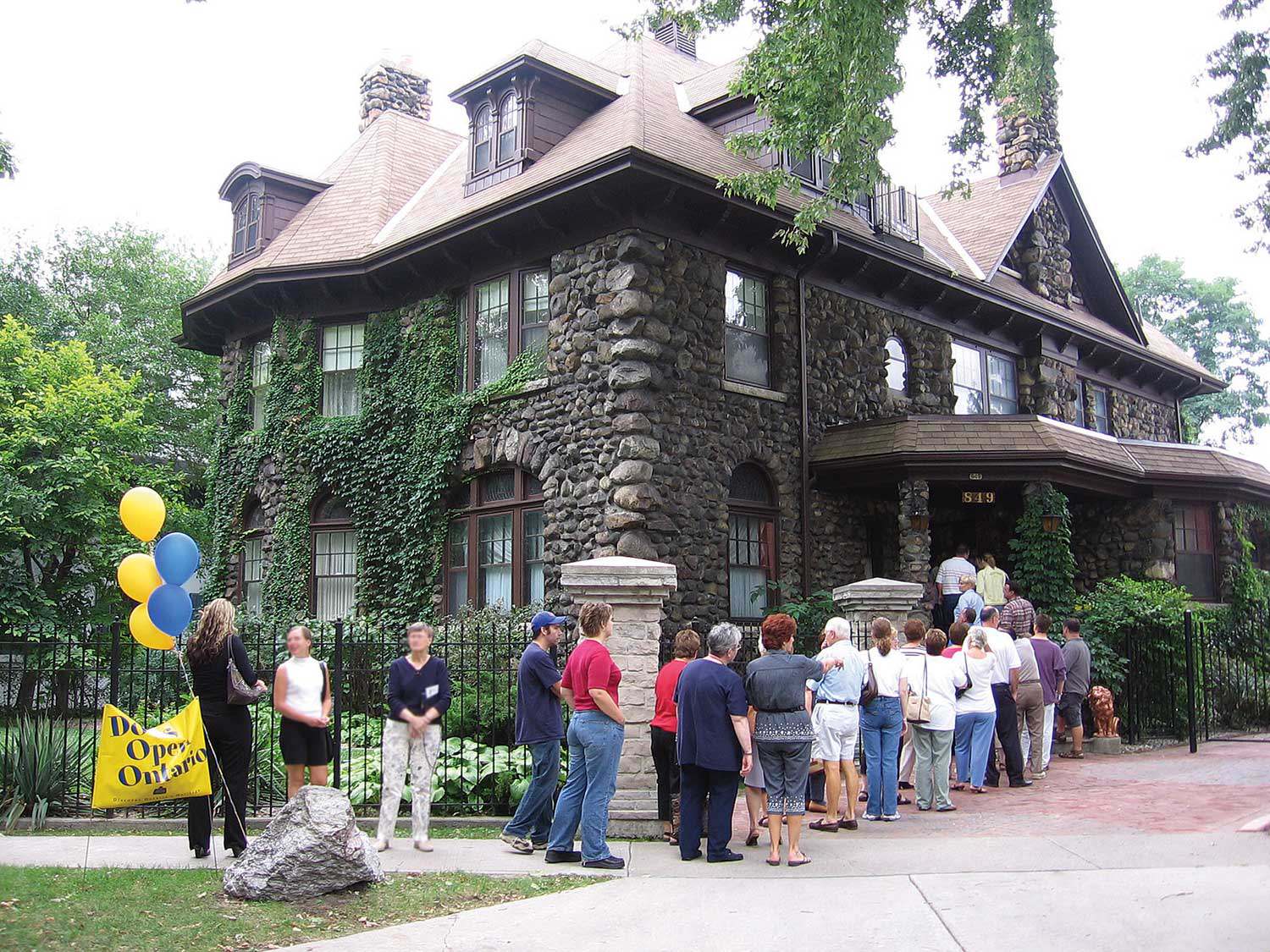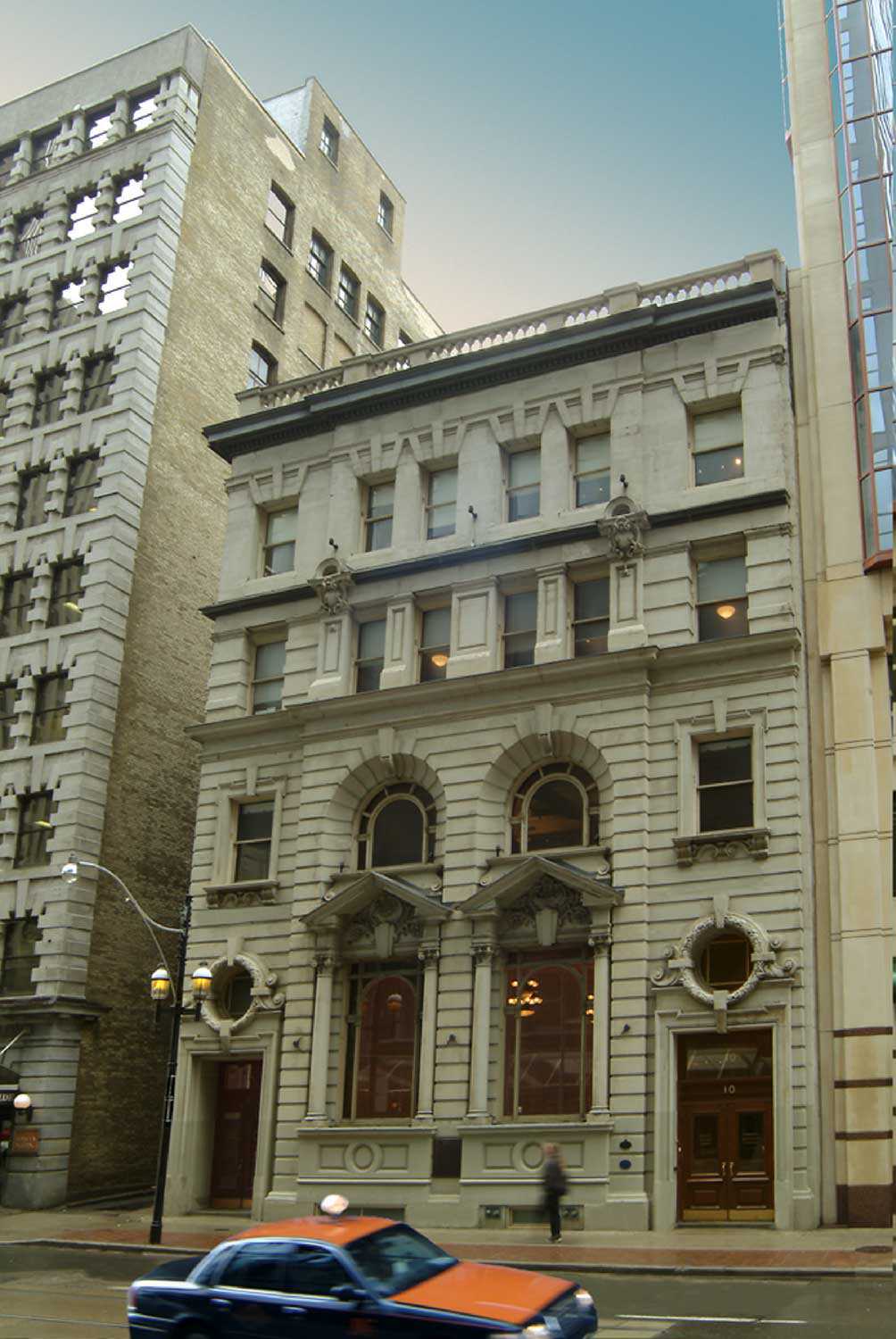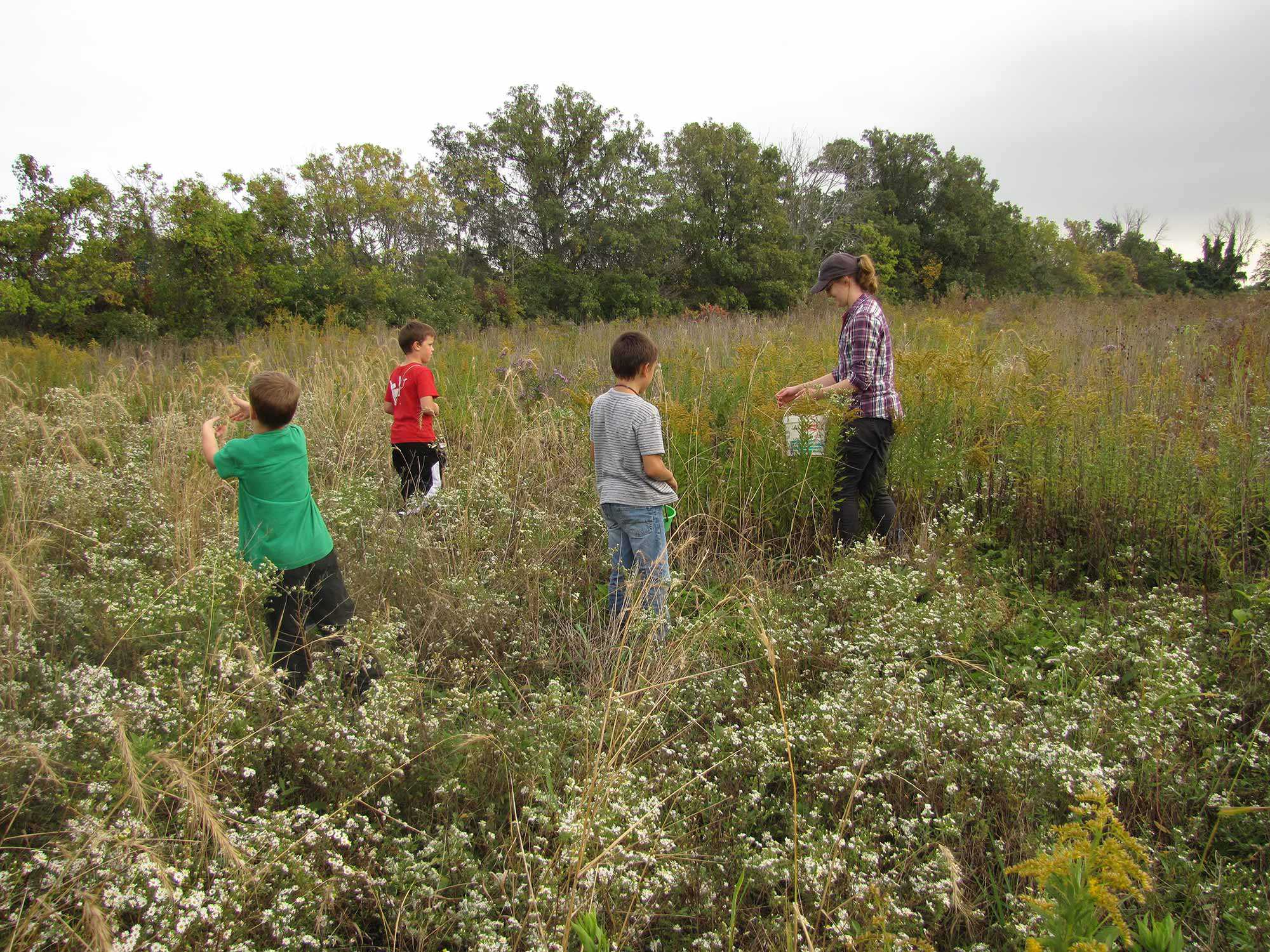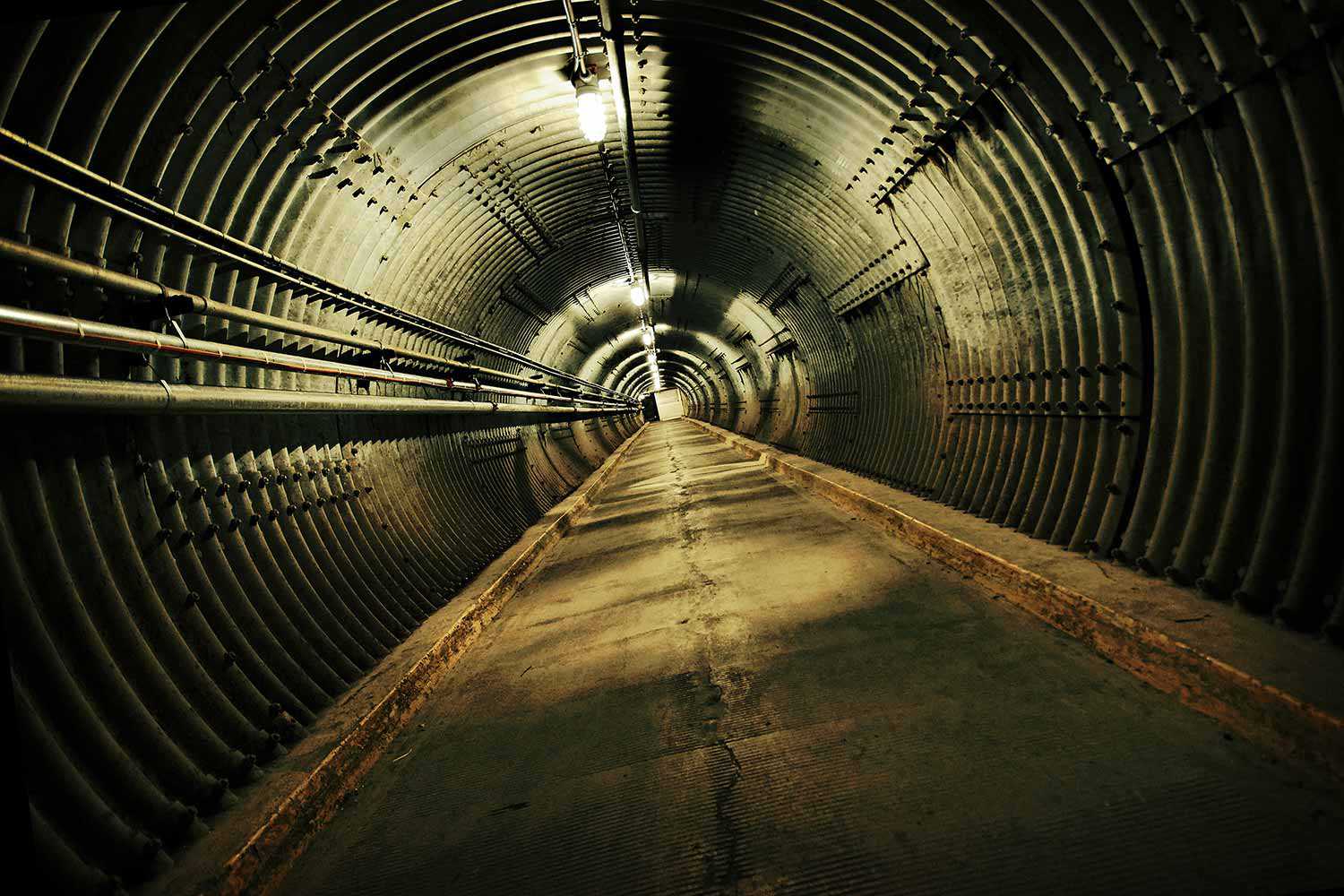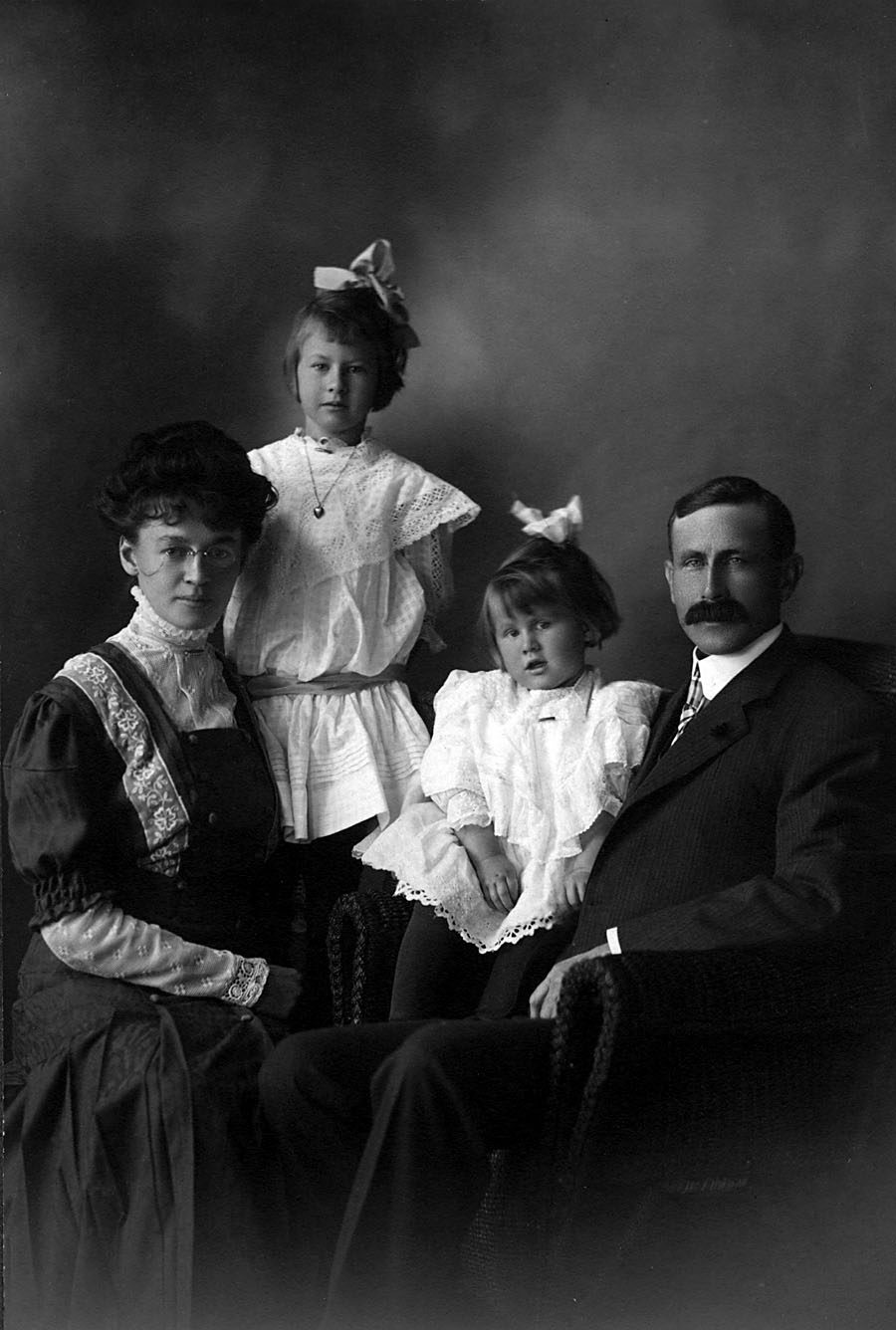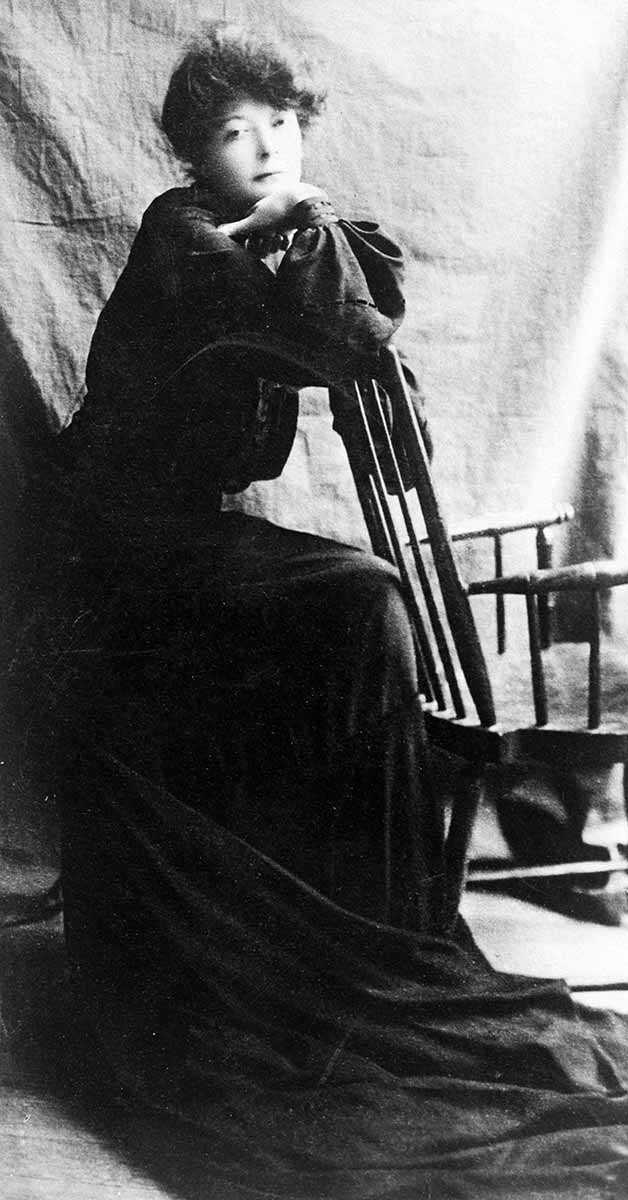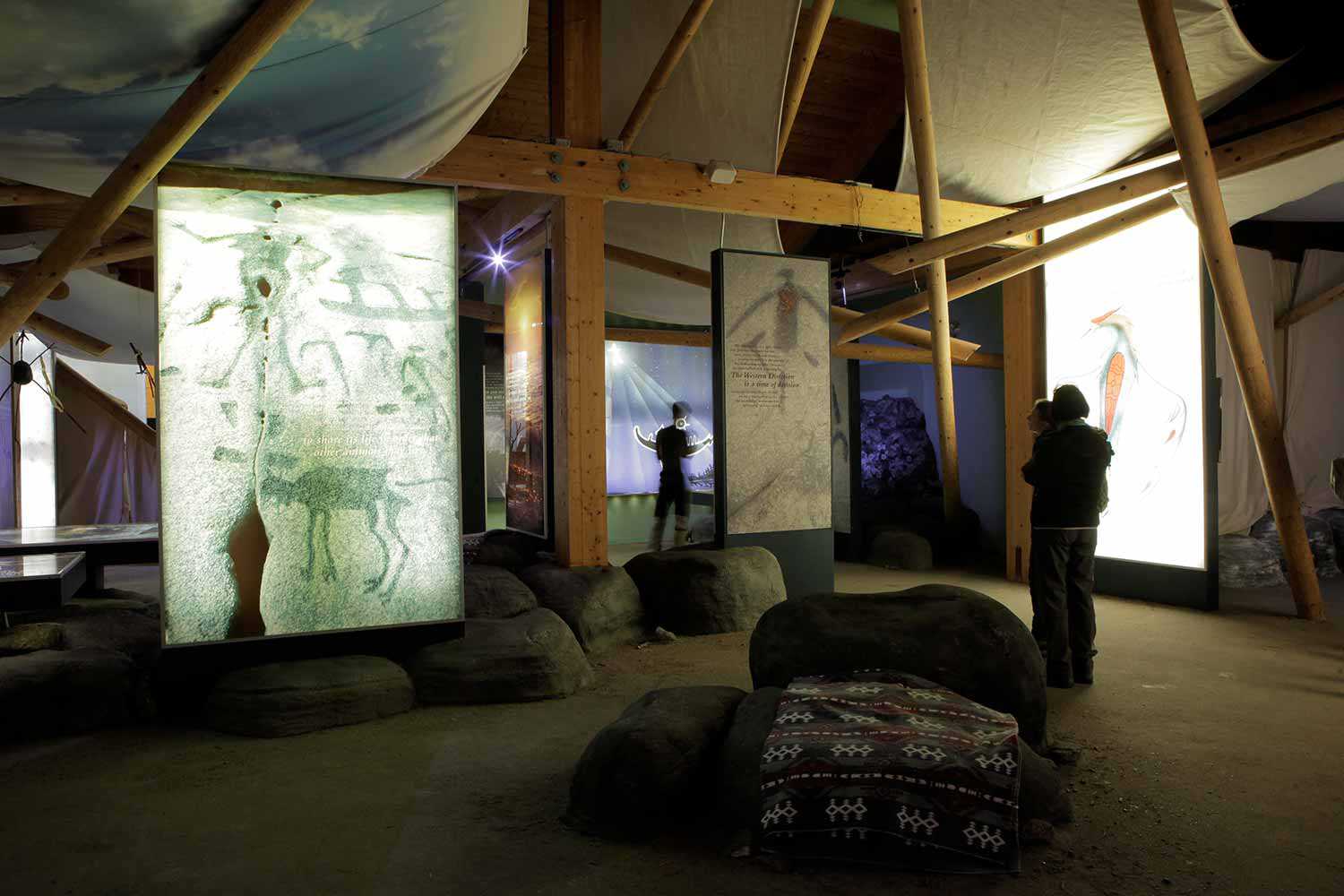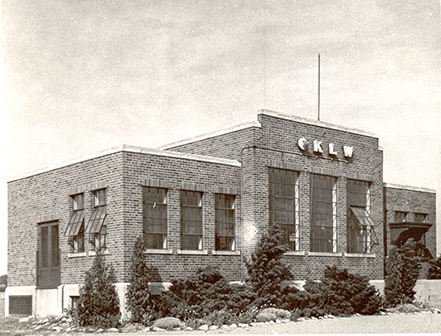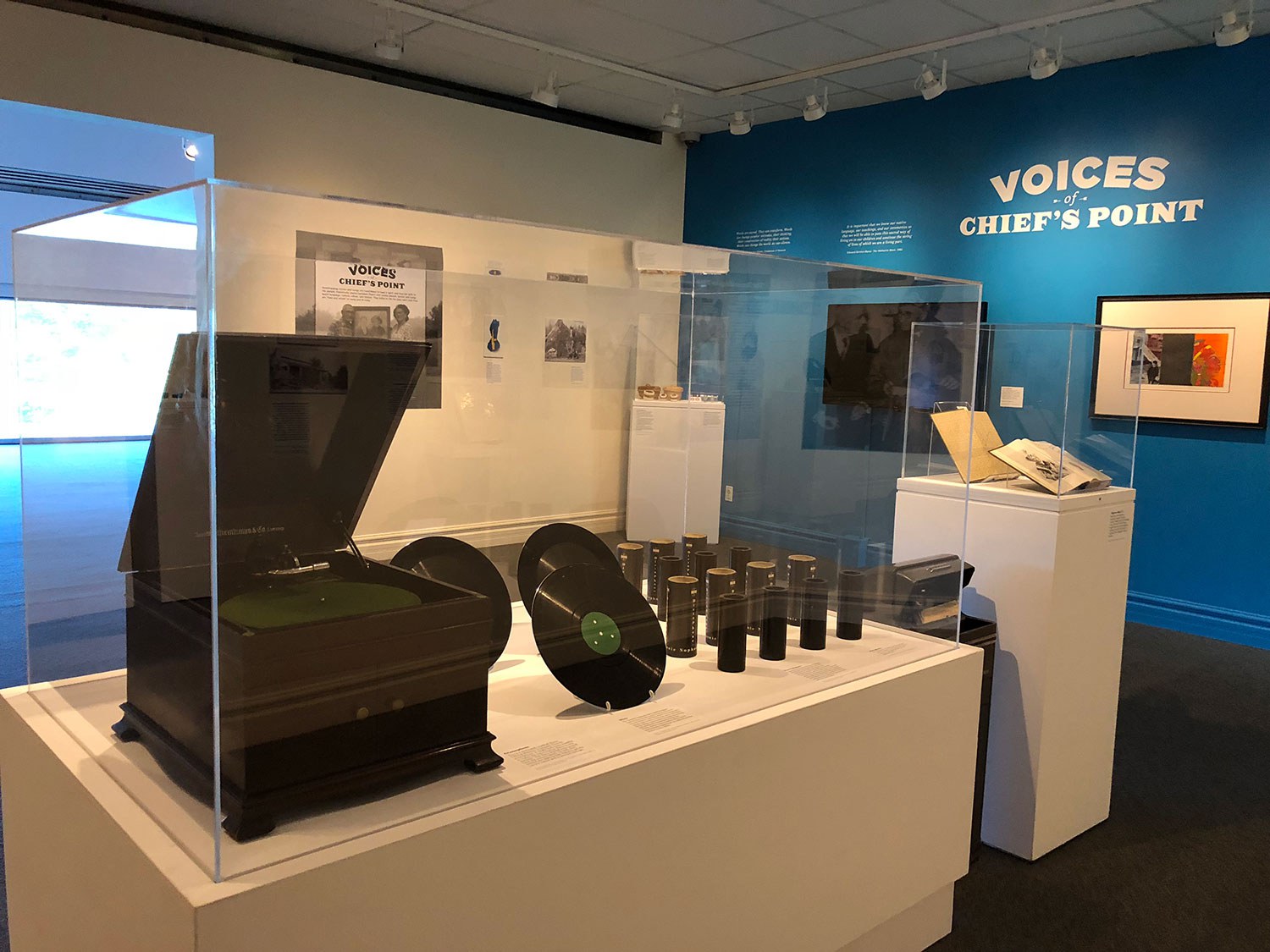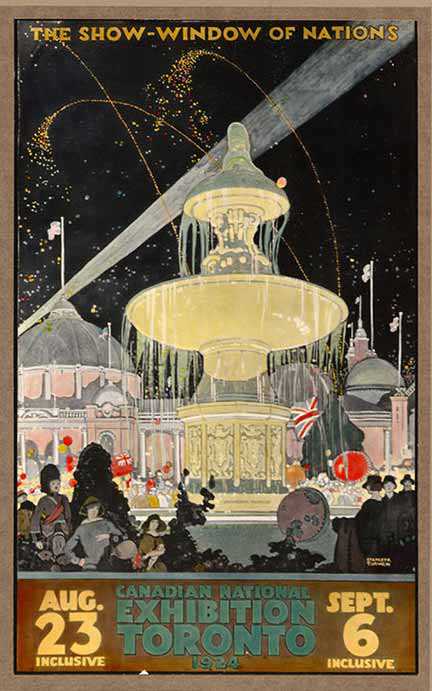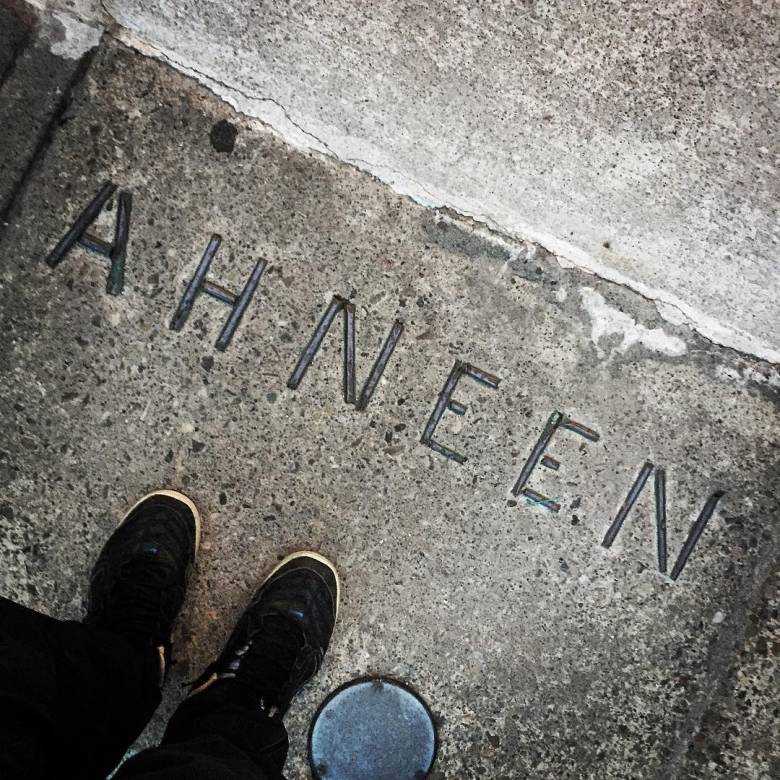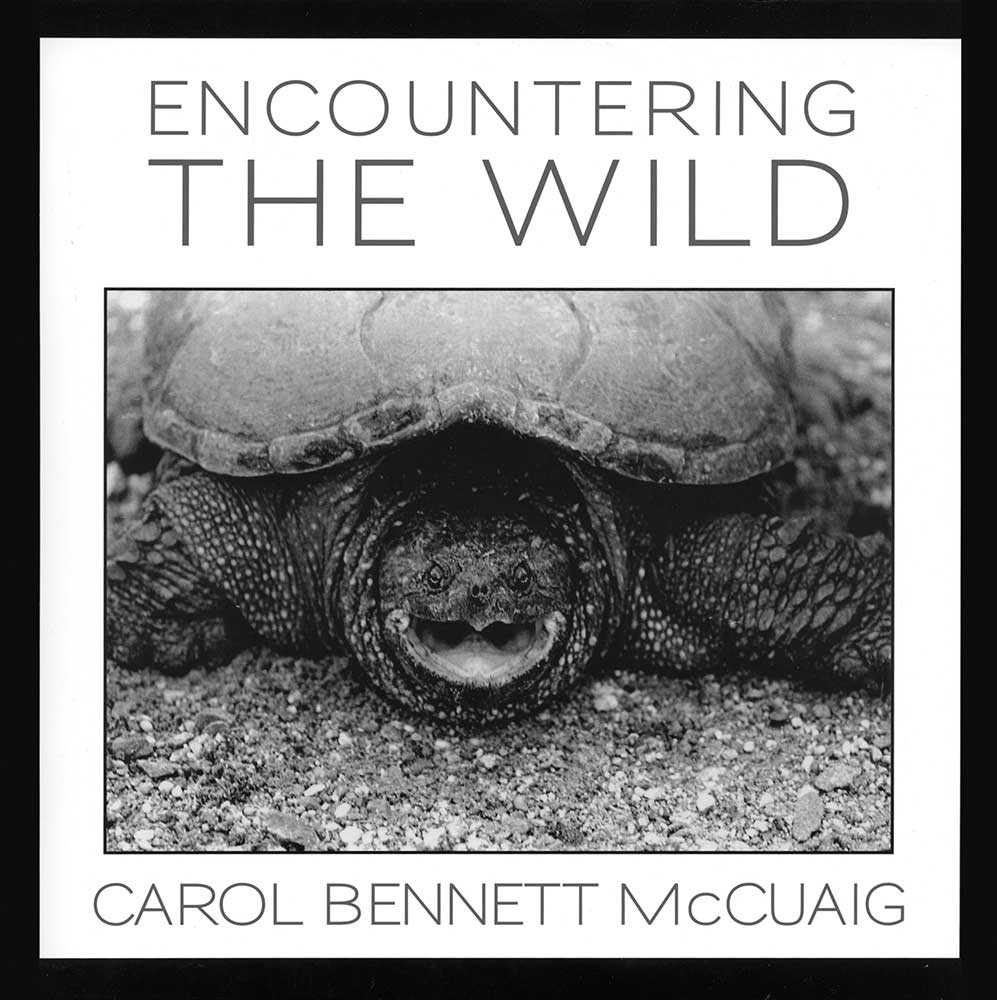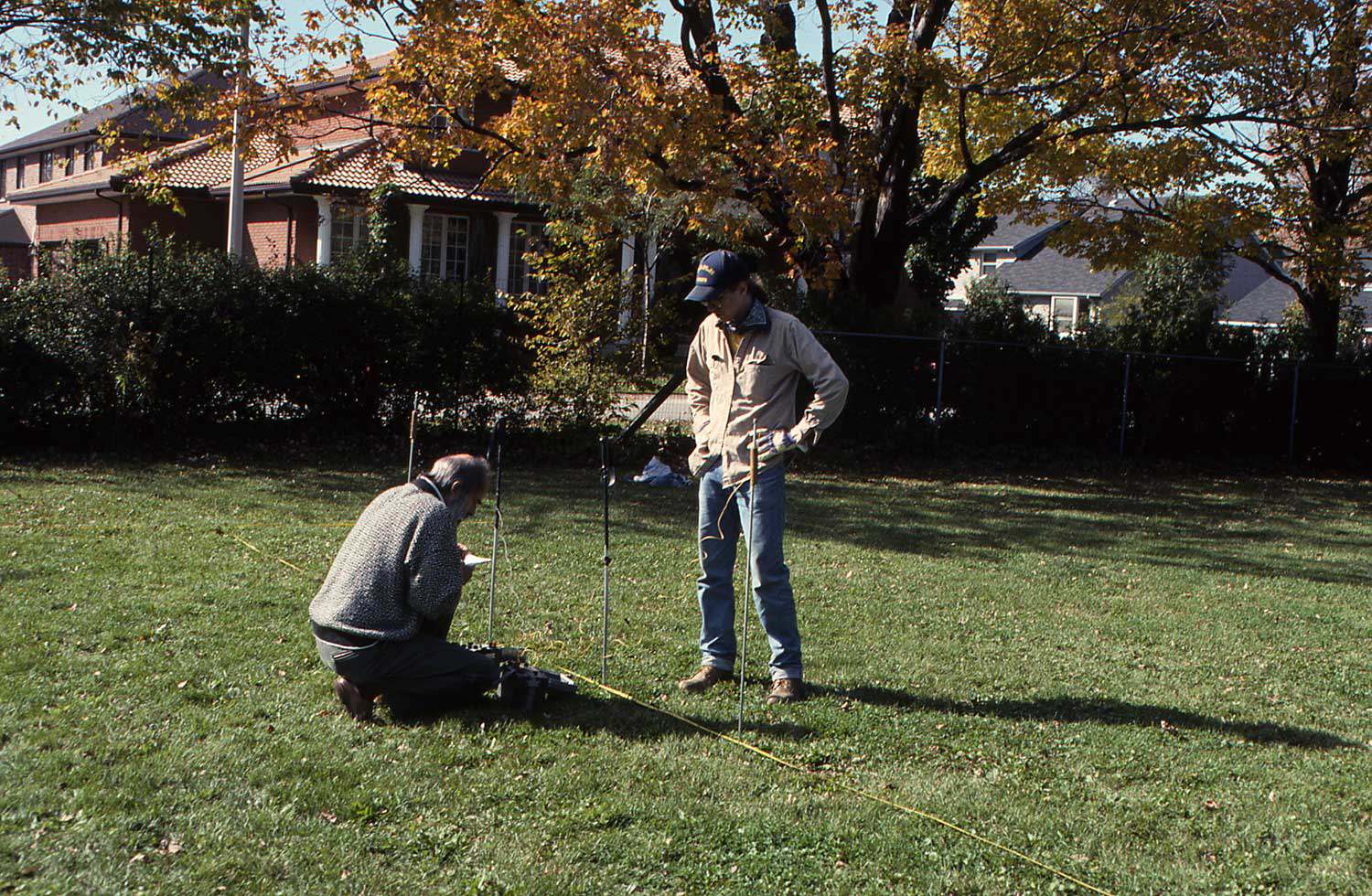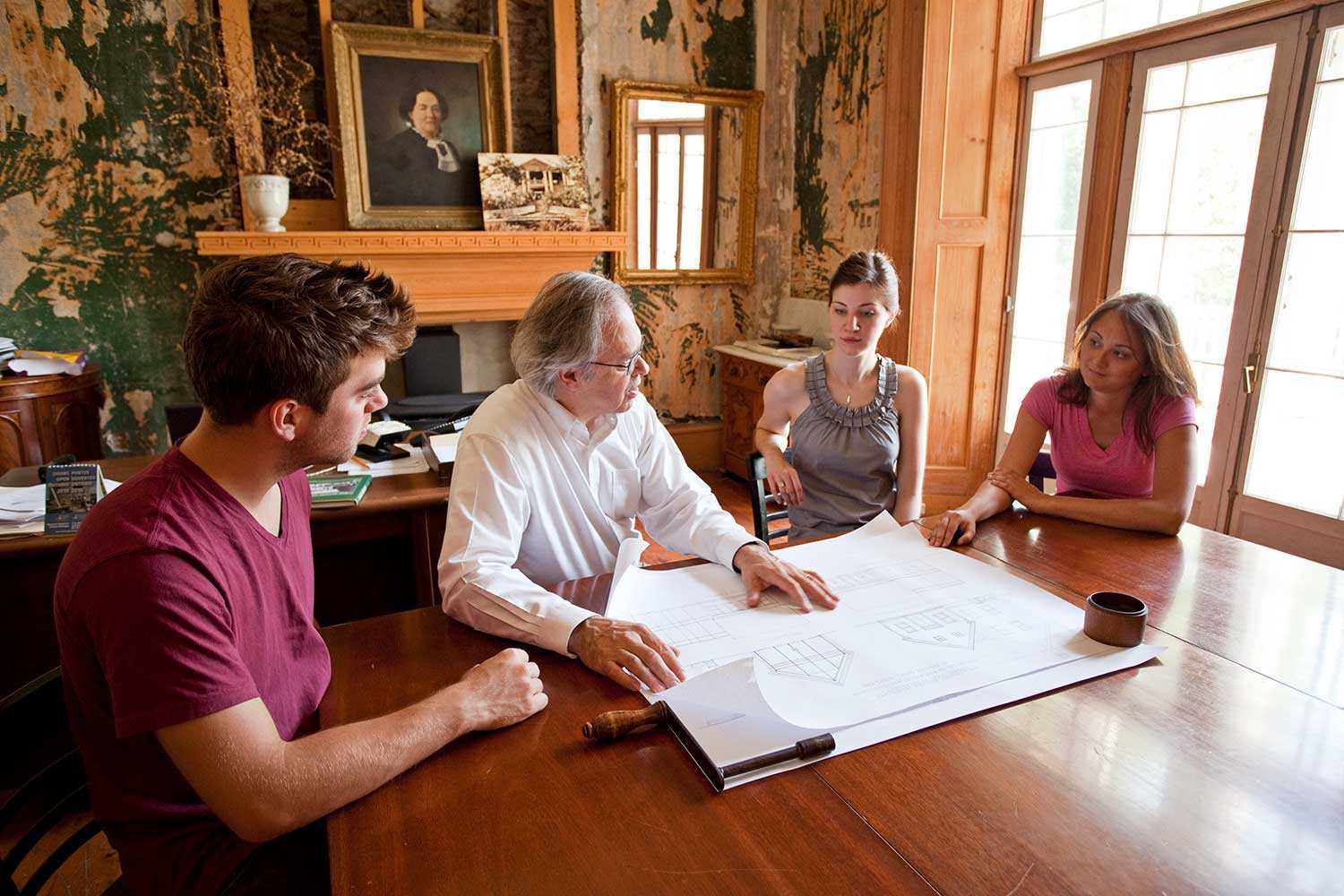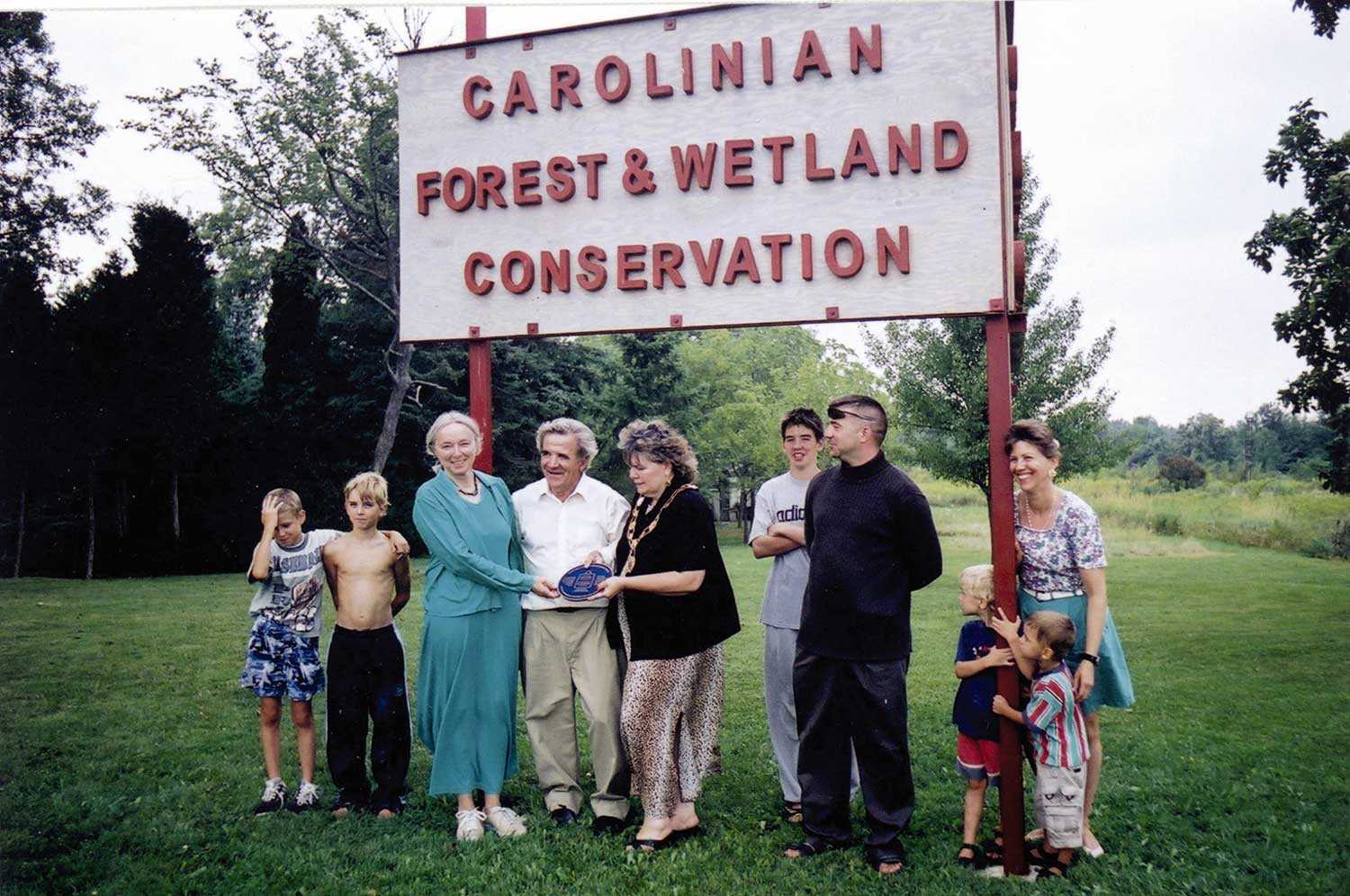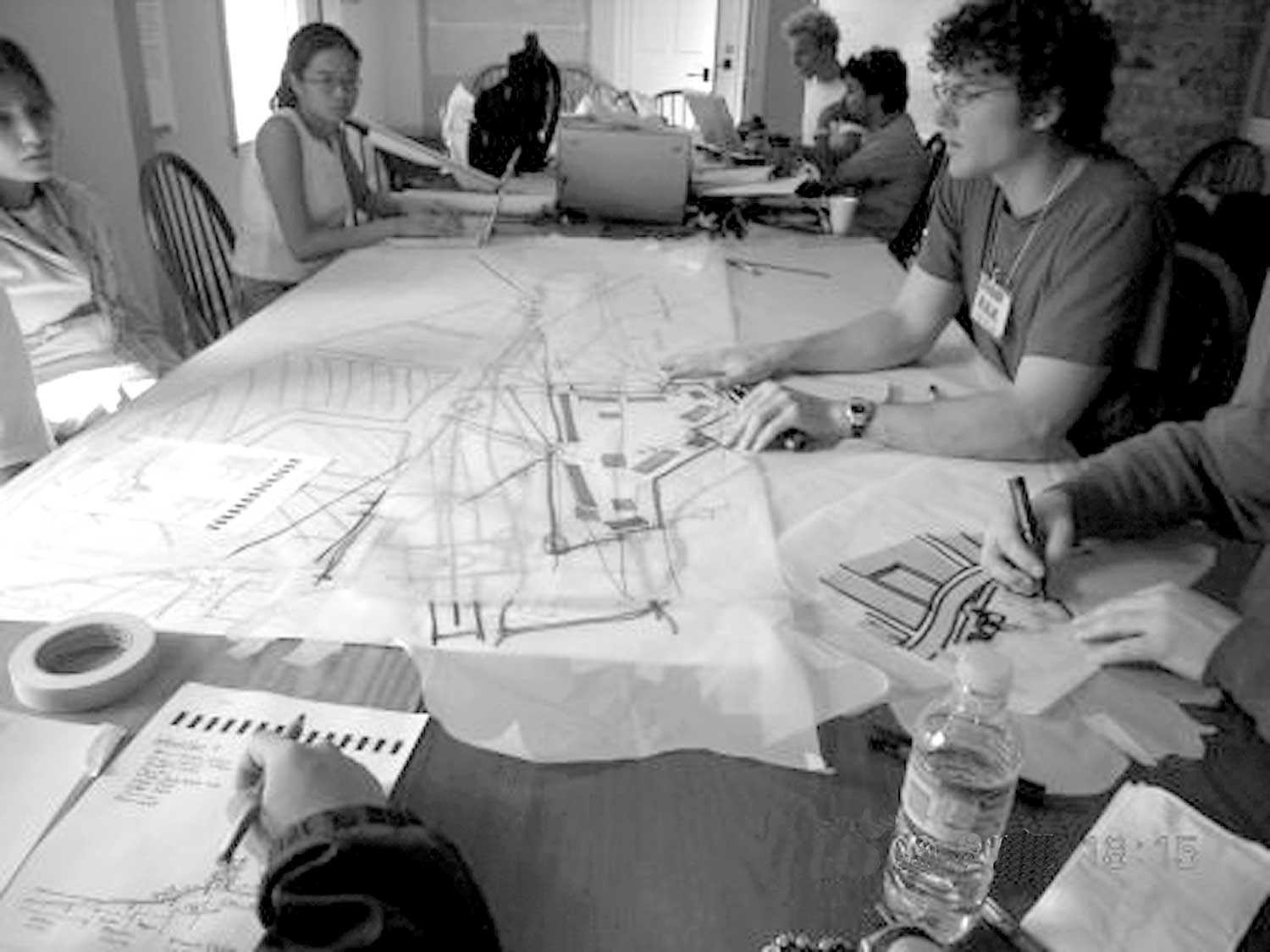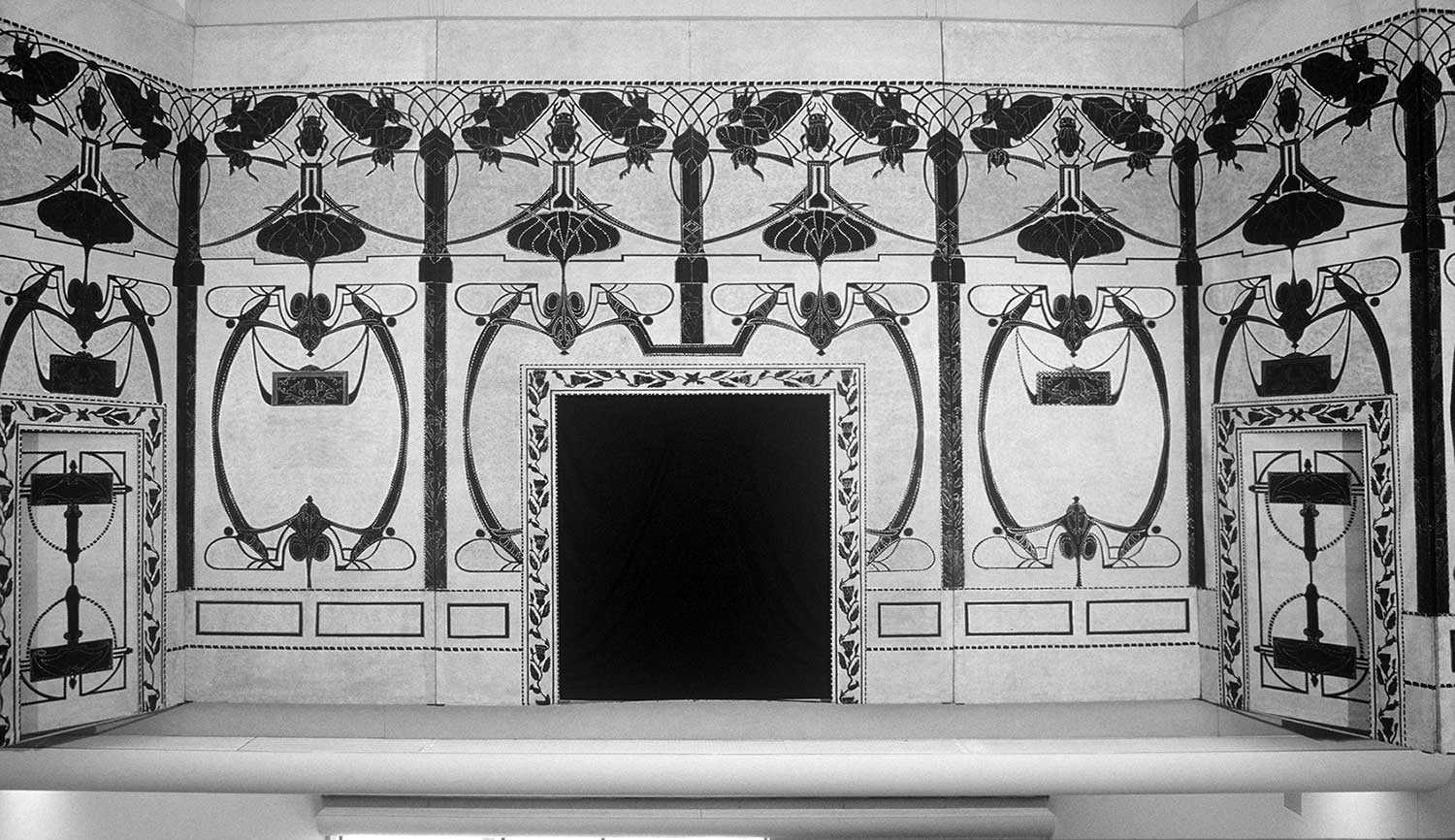

Browse by category
- Adaptive reuse
- Archaeology
- Arts and creativity
- Black heritage
- Buildings and architecture
- Communication
- Community
- Cultural landscapes
- Cultural objects
- Design
- Economics of heritage
- Environment
- Expanding the narrative
- Food
- Francophone heritage
- Indigenous heritage
- Intangible heritage
- Medical heritage
- Military heritage
- MyOntario
- Natural heritage
- Sport heritage
- Tools for conservation
- Women's heritage
The future of heritage: The next 40 years
With this anniversary, the Ontario Heritage Trust is celebrating its accomplishments while also looking to the future. Preserving our heritage is an ongoing endeavour; the passage of time ensures its continued necessity. Building on the past 40 years, our challenge lies in creating a new culture that integrates conservation into the daily lives of all Ontarians.
In the early days of the conservation movement in Ontario, efforts to preserve our heritage were led by a few dedicated individuals. Gradually the interest spread. The establishment of the Trust (then the Foundation) in 1967 indicated the provincial government’s recognition of the growing importance of heritage conservation.
Since then, the Trust has made great strides. Community partners have worked with us to erect provincial plaques and local markers commemorating significant people, places and events across Ontario. Property owners have demonstrated their commitment to preservation by donating properties or entering into conservation easement agreements to protect cultural and natural heritage sites. Furthermore, many individuals who have become involved in local heritage preservation activities have been celebrated through our volunteer recognition programs. And the general public has shown increasing enthusiasm for heritage, with nearly two million visits made to Doors Open Ontario events over the last five years.
While these and other successes speak to Ontarians’ growing interest in heritage, we have yet to see our society truly embrace conservation to the point that it is ingrained in our decision-making and part of our way of life. Yet, the need for a new culture of conservation has never been greater.
Each year, natural landscapes are bulldozed to accommodate urban sprawl and heritage buildings are demolished for new developments. This is not a sustainable course for the future. As the environment deteriorates, resources will become increasingly precious and the proliferation of a conservation ethic will be integral to humanity’s survival on Earth.
Conserving heritage buildings for new uses is one way to reduce waste and maximize existing resources – it is a sustainable approach to development. But for adaptive re-use to become standard practice, heritage conservation needs to become a more integrated part of the community planning process.
While our ultimate goal is making preservation the norm and redevelopment the exception, new development need not be sacrificed. It’s about striking a balance. The great cities of the world are composites, made up of layers of history. With each generation, another layer is added, the present combining with the past. Maintaining this balance gives character to communities, protects healthy ecosystems, brings context to the lives of residents and adds tremendous value – socially, culturally and economically.
The last 40 years have helped to set the stage for building a conservation mindset in order for us all to realize these benefits. In 2005, conservationists were proud to see tools and new powers established with the amendments to the Ontario Heritage Act and the new Provincial Policy Statement. If utilized, both will have significant impacts on heritage preservation, essentially creating a new framework for community building.
We now have mechanisms in place to support conservation. But do we have the will to use them? Our farms, places of worship and modernist architecture are the latest wave of heritage resources to face significant changes. If we are successful, however, in creating a new culture of conservation, threats to our heritage will diminish, more sustainable approaches to development will be adopted and vibrant, healthy, prosperous and multifaceted communities can be cultivated. If we set our minds to it, the future of our heritage and the future of society will be bright.
Celebrating 40 years of conservation: The Ontario Heritage Trust is proud of its achievements over the past 40 years. Here are some key Trust statistics on heritage conservation, preservation and promotion:
- 24 Trust-owned built and cultural heritage sites
- 146 Trust-owned natural heritage properties
- 21,138 catalogued artifacts in the Trust’s cultural collections
- 668,313 catalogued artifacts in the Trust’s archaeological collections
- 212 heritage conservation easement agreements
- 91 Ontario municipalities with Trust easements
- 1,202 provincial plaques unveiled by the Trust
- 629 local markers funded by the Trust
- 2,400 volunteers recognized through the Trust’s Heritage Community Recognition Program
- 2,700 volunteers recognized through the Young Heritage Leaders program
For more information on the Trust’s programs and activities, visit www.heritagetrust.on.ca.


